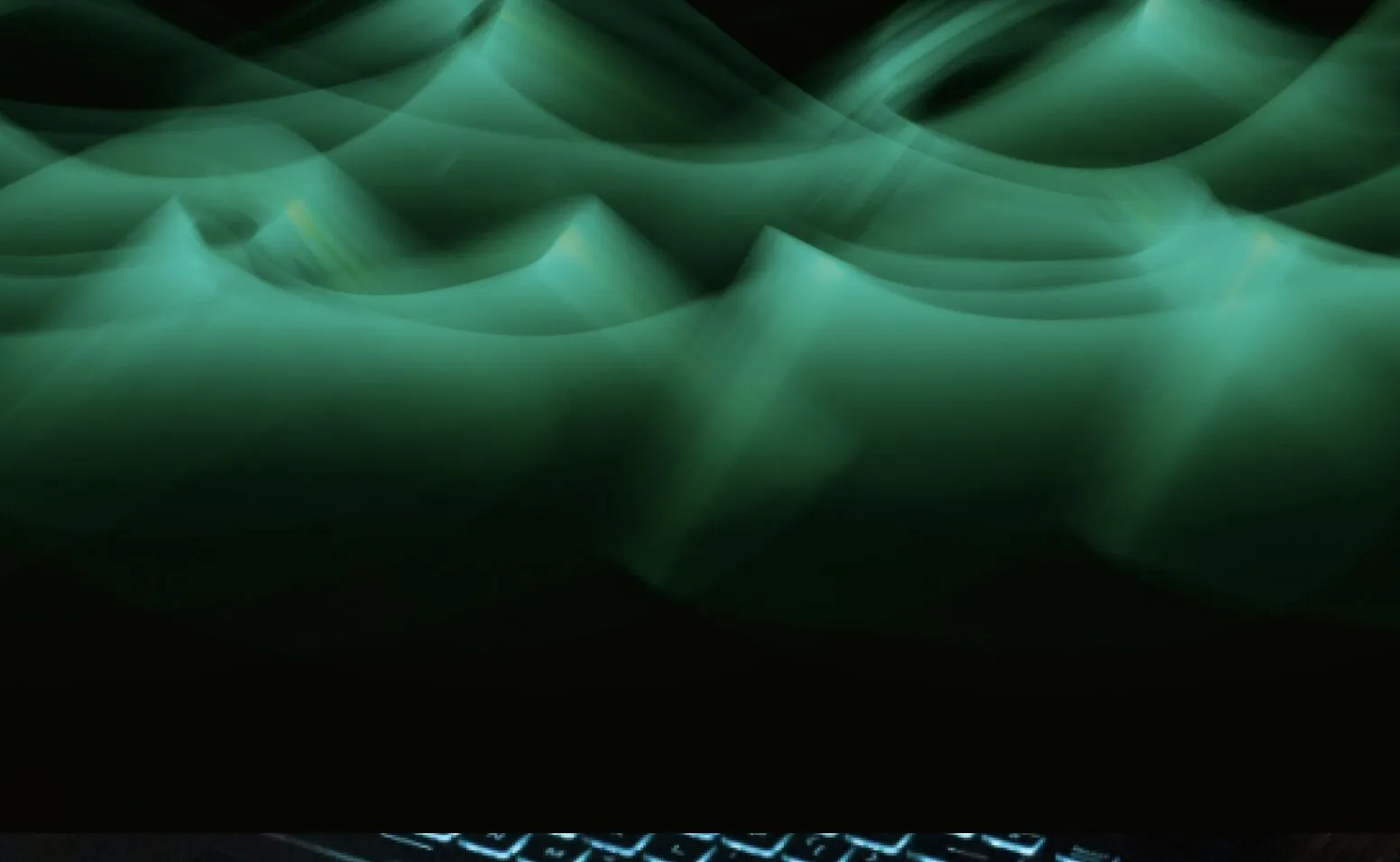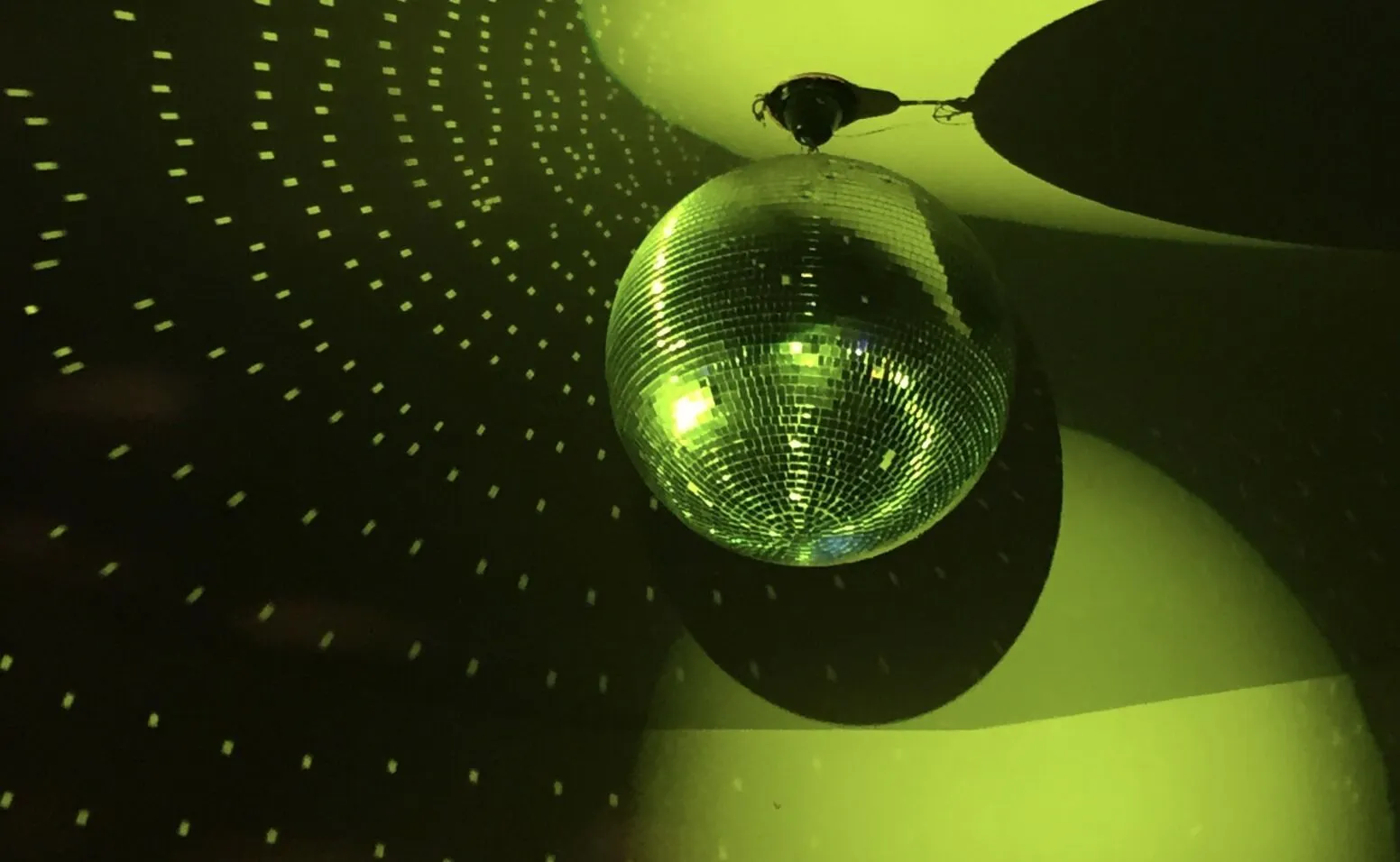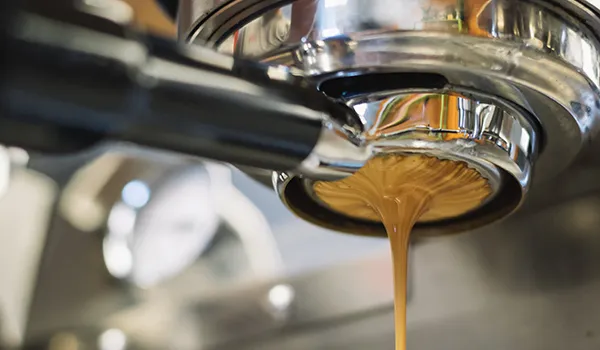Flutter echo: What it is and why it matters
A more or less repetitive pattern indicates flutter, also known as flutter echo: a long continuous sound of a lot of reverb in a large space. The sound then bounces back and forth for a long time.

Flutter: more or less precisely timed repetition of the (reflected) sound
In a small space, reflections will occur more quickly and eventually die out because the distances are small. And the reverberation time will therefore also be shorter. In a large space such as a gym, auditorium or theater, for example, the sound will take longer to reflect from wall to wall. This makes the reverb times longer.
Sound waves that constantly bounce back and forth:
Flutter consists of a more or less precisely timed repetition of the (reflected) sound. For example, when you shout into a well, the sound comes back to the speaker reflected over time. That's an echo. When reflective surfaces (e.g. walls or glass walls) are directly opposite each other, a self-repeating pattern of an echo is created: a flutter echo. This phenomenon occurs in modern offices with a lot of hard materials. The parallel walls ensure that sound waves always bounce back and forth. The result is very unpleasant acoustics.
Space resonances:
Flutter echo is audible even when reflections arrive at the listener under 50 milliseconds. Flutter echo occurs mainly at medium to high frequencies. At low frequencies, a similar phenomenon occurs known as space resonances, or standing waves. Room resonances are resonant frequencies that depend on the dimensions of your space.
Share this:
Transform your environment into the best version to work, learn or live in
Know what options are available for your situation in 30 minutes.






